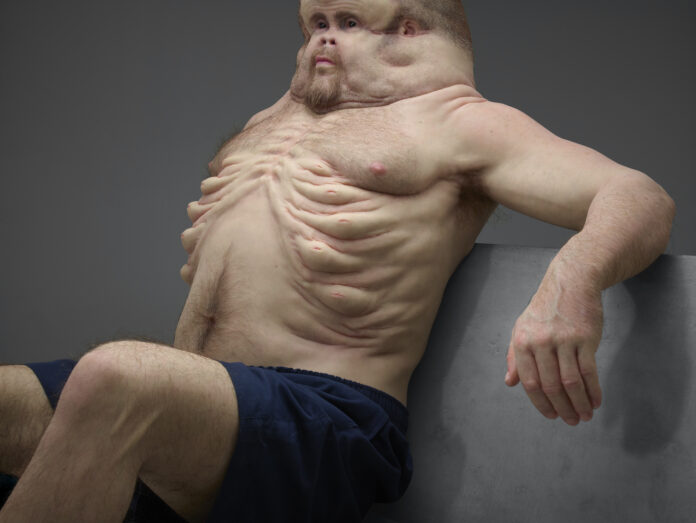Published: July 21st, 2016
Writers: Alex White, Shannon Williams, and Devon McGillicuddy
Link: https://www.tac.vic.gov.au/about-the-tac/media-room/news-and-events/2016/introducing-graham
Evolutionary science and human vulnerability are at the centre of a new Victorian initiative to reduce road deaths and injuries.
The Transport Accident Commission today launched its latest road safety project, highlighting how susceptible the human body is to the forces involved in transport accidents.
In a shift from its traditional road safety campaigns, the TAC has collaborated with a leading trauma surgeon, a crash investigation expert and a world-renowned Melbourne artist to produce ‘Graham’, an interactive lifelike sculpture demonstrating human vulnerability.
Graham has been designed with bodily features that might be present in humans if they had evolved to withstand the forces involved in crashes. Studies have shown that the human body can only cope with impacts at speeds people can reach on their own, unassisted by vehicles.
“People can survive running at full pace into a wall but when you’re talking about collisions involving vehicles, the speeds are faster, the forces are greater and the chances of survival are much slimmer,” TAC chief executive officer Joe Calafiore said.
“Cars have evolved a lot faster than humans and Graham helps us understand why we need to improve every aspect of our roads system to protect ourselves from our own mistakes.”
Mr Calafiore said the science of human vulnerability underpinned Victoria’s new Towards Zero approach to road trauma reduction.
“We have to accept people will always make mistakes, but modern vehicle safety technology and safe road design can drastically reduce the forces involved when a crash happens, making them more survivable,” Mr Calafiore said.
Royal Melbourne Hospital trauma surgeon Christian Kenfield and Monash University Accident Research Centre crash investigator David Logan briefed Melbourne sculptor Patricia Piccinini to develop Graham.
The installation will be on show at the State Library of Victoria until August 8, before going on a roadshow. Victorians can also interact with Graham online at www.meetgraham.com.au.
In an Australian first, Victorians will be able to use Google Tango, the latest in immersive augmented reality technology, to look beneath Graham’s skin and better understand how his unique features would work to cushion him from serious injury in a crash.
School curriculum has also been developed to enhance the learning experience for students visiting Graham in person or online.
“Graham is an educational tool that will serve the community for years to come as a reminder of why we need to develop a safer road system that will protect us when things go wrong,” Mr Calafiore said.
Commentary:
I remember first encountering this art piece a couple years ago and was very moved by it. Although slightly disturbing, its pretty crazy to see that our bodies are not made to withstand the force of a car. I liked the amount of detail that the artist went into for the anatomy of this figure along with a trauma surgeon. Once again for this arts section, I was inspired by the design process for this project and the perspectives taken to approach the problem. It is interesting to think in the perspective of making a human around a car instead of a car around a human. I can take the same approach when researching my problematic. How can my product be built around the existing qualities of the car? How can I use the anatomy of the car to incorporate a new feature that solves my problematic? The other cool thing about the Graham Project is that it can be viewed online, via a 3D model and UI of the website. This gives an immersive experience to viewers who cannot see Project Graham in person. I hope to use a 3D model of a Honda car to help me in my production and development.




